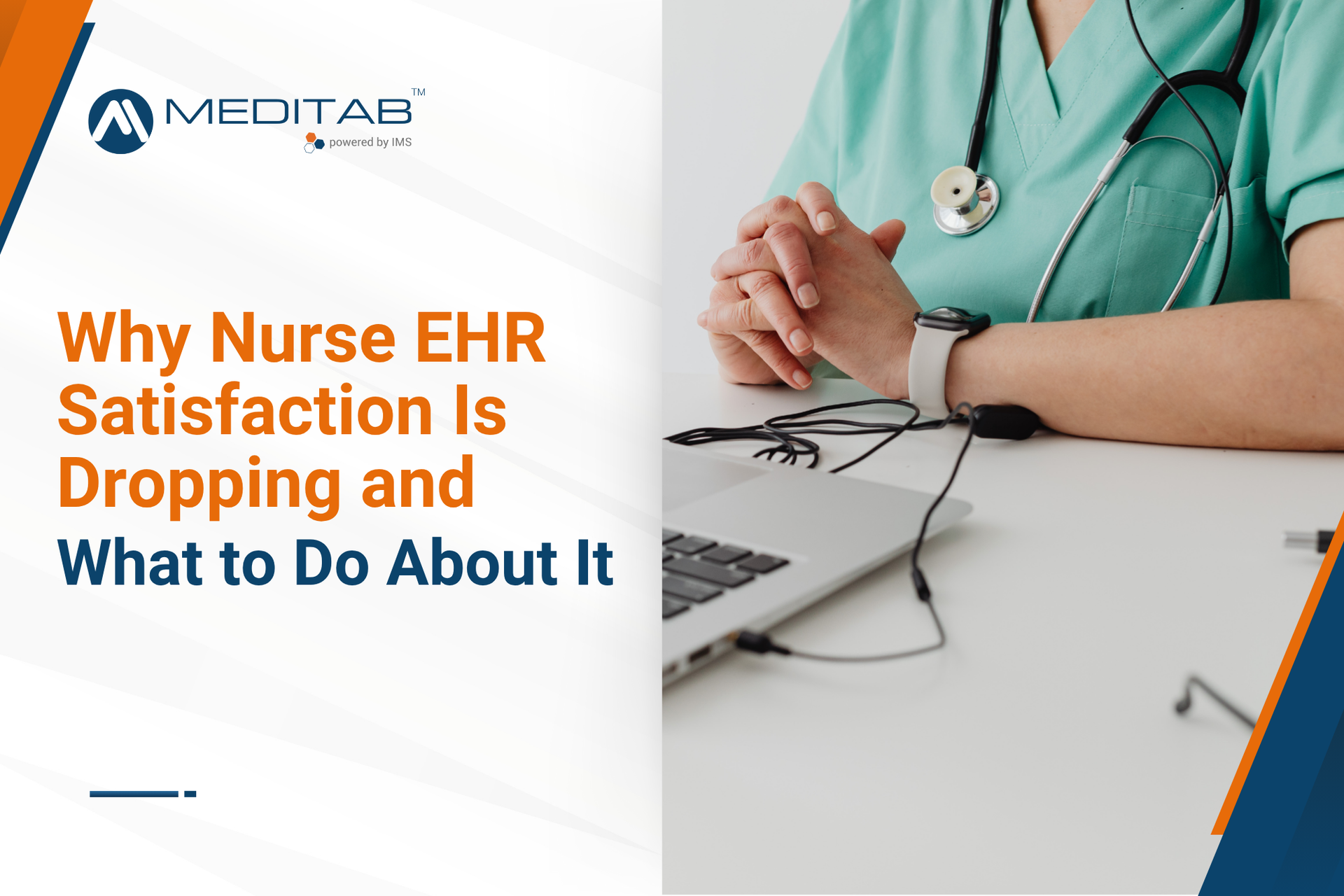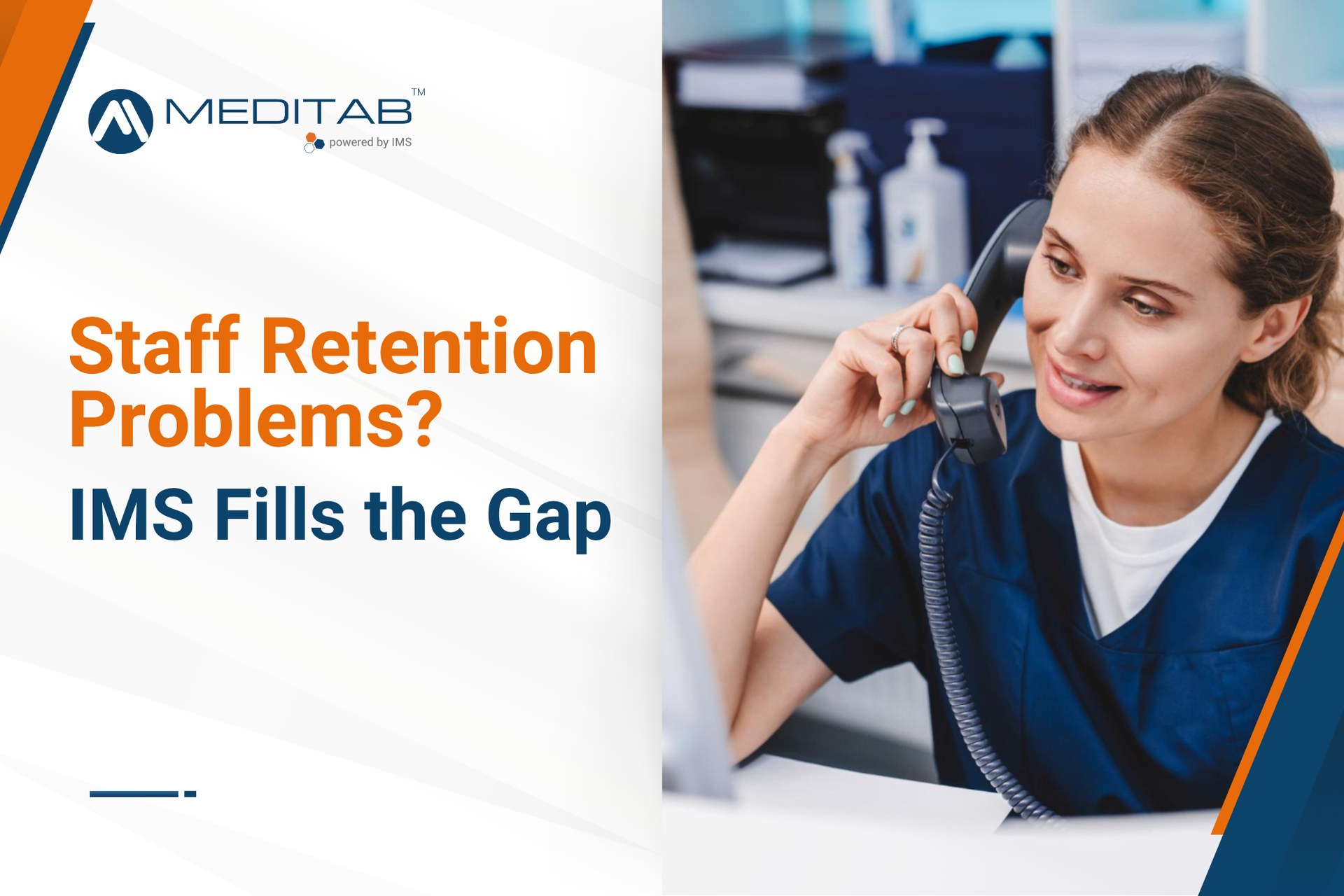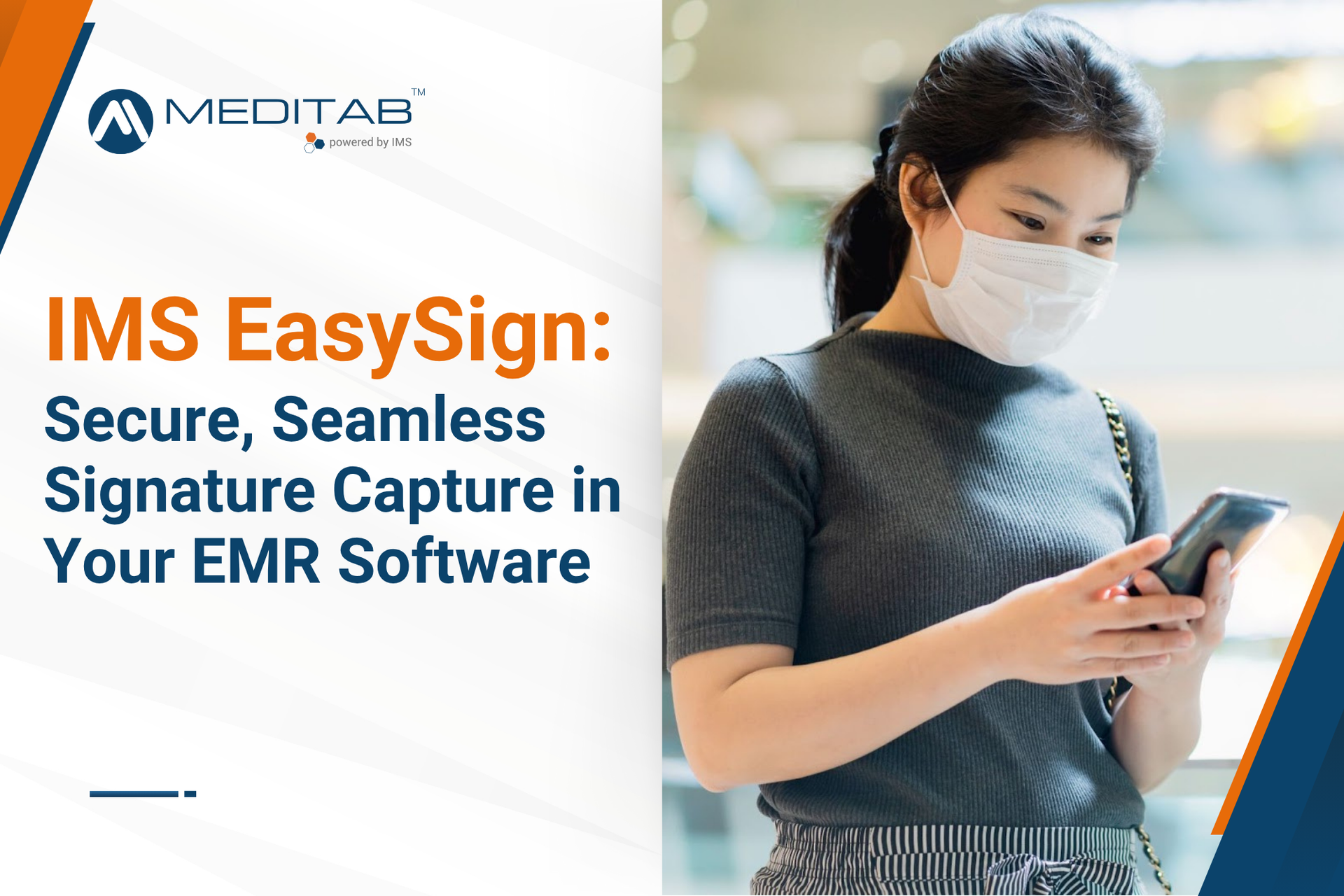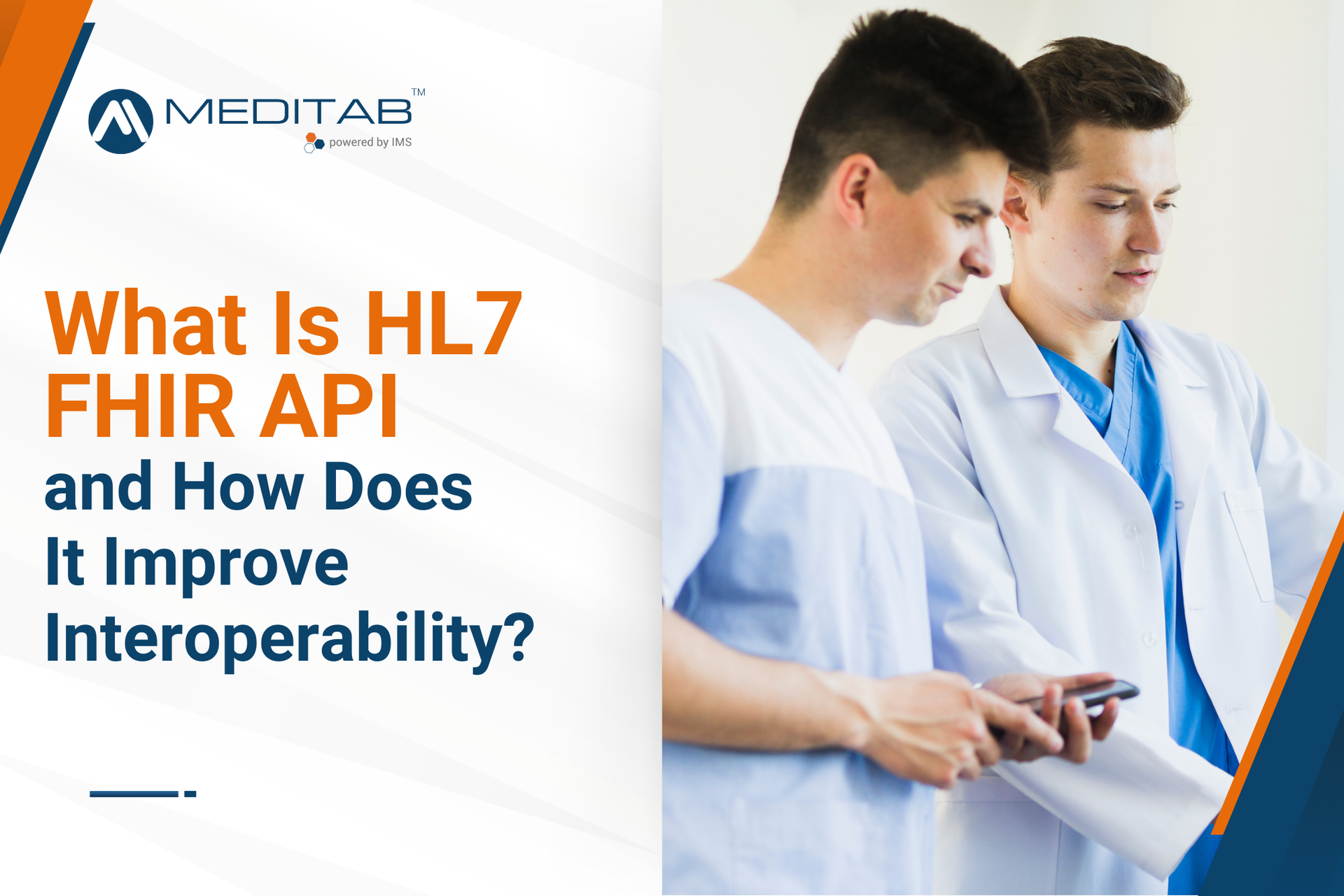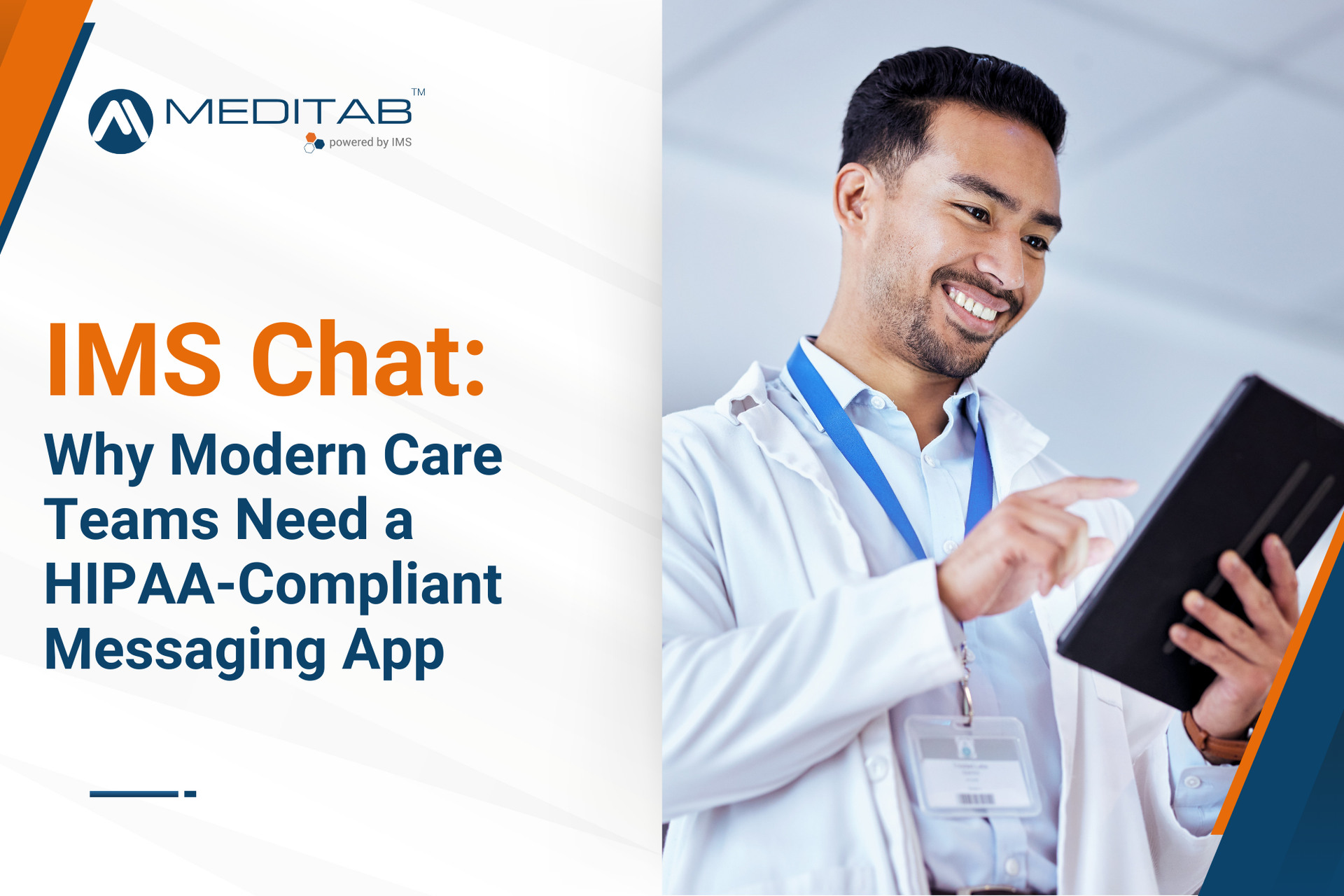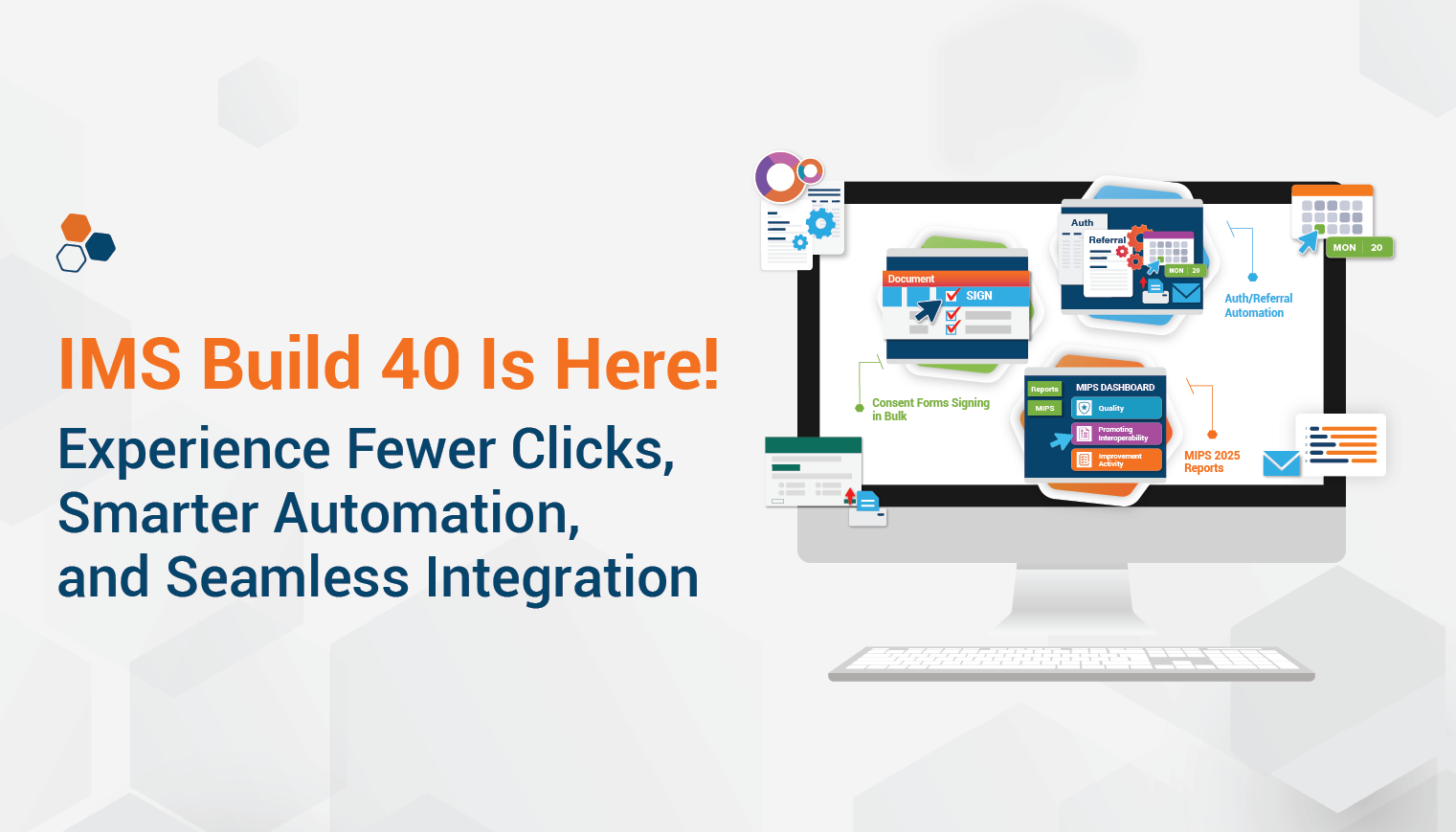Think about the last time a billing error slipped through unnoticed – do you remember the frustration, the time wasted, and the revenue lost? Now multiply that feeling over a longer period of time. The cumulative effect reveals not just the obvious financial losses but also the strain on staff and patient care.
If you’re one of the many healthcare practices grappling with these issues, you know the urgent need for a more effective approach to billing management. If you’re looking for ways to prevent such costly mistakes, we recommend seven proven strategies to make your billing process run like clockwork.
Benefit from an integrated medical billing system today!
A Snapshot of the Current State of Medical Billing
An efficient billing process in healthcare is the backbone of a thriving practice. It ensures timely reimbursement, enhances patient satisfaction, and maintains the practice's financial health. However, many healthcare providers struggle with inefficient billing procedures.
According to a report by Becker’s Hospital Review, an astonishing 80% of medical bills in the United States had some form of error. A survey by Zelis and Hanover Research further revealed that 41% of patients were highly frustrated by medical billing errors. Of the 800 respondents, 50% experienced errors costing at least $200, while 25% encountered mistakes of $500 or above, reflecting a troubling trend that significantly amplifies healthcare costs.
These statistics underscore the complexity of medical billing and the significant financial burden that errors can cause for both patients and providers. Below are common medical billing errors that frequently occur in the healthcare system:
1. Incorrect Patient Information
Errors in the patient's name, date of birth, and insurance policy number lead to claim denials or delays in payment processing.
2. Coding Errors
Top coding errors include:
- Upcoding: Assigning a code representing a more severe diagnosis or more expensive treatment than provided.
- Undercoding:
Using codes that reflect less severe diagnoses or less expensive treatments than those provided, often due to inadequate documentation.
- Incorrect codes: Using outdated or incorrect codes that do not accurately reflect the procedures or diagnoses.
3. Duplicate Billing
Duplicate billing happens due to clerical errors or when multiple providers bill for the same service without proper communication. Duplicates raise red flags for insurance companies, potentially leading to audits and investigations.
4. Missing or Incomplete Documentation
Insurance companies require comprehensive documentation to support the medical necessity of the services provided. Missing or incomplete documentation about the patient's diagnosis, treatment plan, and the necessity of the procedures performed can lead to denials.
How can your practice overcome common medical billing process challenges and ensure you get paid on time for your services?
7 Best Practices for an Efficient Billing Process
Fine-tune your operations and improve cash flow with these best practices in billing process management:
1. Centralize Patient Data Management
Centralizing patient data in a secure system speeds up the billing process. An
all-in-one EHR system consolidates all patient information into a single, accessible platform, reducing redundancies and ensuring data consistency. This centralization minimizes errors that occur from disparate records and miscommunication.
Additionally, EHR systems streamline the flow of information between departments, enhancing coordination and reducing the time required to process billing information. Accurate, up-to-date patient data ensures billing is based on the most current and correct information, reducing the risk of rejected claims due to data discrepancies.
2. Implement Automated Coding and Documentation
Automated medical billing systems leverage advanced technologies, like machine learning, to decode patient records and suggest appropriate billing codes. This technology reduces the reliance on manual coding, which is prone to human error and is time-consuming. Automated systems cross-reference vast medical codes and regulations databases to ensure compliance and accuracy.
3. Optimize Claim Submission Processes
Here’s how to create a robust claim submission pipeline that enhances efficiency, reduces the likelihood of denials, and accelerates cash flow:
- Eligibility Verification: Implement real-time insurance verification systems that check patient eligibility instantly before services are rendered, preventing claim denials.
- Claim Scrubbing: Utilize automated claim scrubbing software that checks for errors and inconsistencies before submission, ensuring that claims meet payer-specific requirements.
- Electronic Submissions: Transition to electronic claim submissions from paper-based methods, as digitization reduces processing time, minimizes the risk of lost claims, and often results in faster payments.
4. Regularly Review and Update Fee Schedules
Maintaining up-to-date
fee schedules is essential for accurate billing. Regular reviews ensure fees reflect current market rates and comply with regulatory standards. This practice prevents financial losses from underbilling and protects the practice from the potential legal and reputational risks of overbilling. Periodic adjustments to fee schedules based on market trends and cost analysis help practices remain competitive and financially sound.
5. Train Staff on Billing Procedures
The healthcare billing process includes frequent updates to coding standards, insurance regulations, and best practices. To keep up with these changes, ensure that billing staff remain knowledgeable and proficient. Investing in staff training reduces errors, enhances productivity, and, importantly, elevates employee morale, leading to a more stable and dedicated workforce. Comprehensive and continuous training programs involve:
- Certification Programs: Encourage medical billers to pursue Certified Professional Biller (CPB) or Certified Professional Coder (CPC) certifications to enhance their expertise.
- Regulatory Updates: Keep staff informed about changes in healthcare laws, coding standards, and payer requirements through regular training sessions and updates.
- Technology Training: Ensure that staff are proficient in using the latest medical billing software and EHR systems to maximize their productivity and accuracy.
6. Utilize Key Performance Indicators (KPIs) for Monitoring
Monitoring
key performance indicators (KPIs) is essential for tracking the efficiency of your billing processes. Here are the KPIs that practices should pay attention to:
- Days in Accounts Receivable (AR): Measure the average number of days it takes to get payments and set the goal of reducing this metric to improve cash flow.
- Clean Claim Rate: Track the percentage of claims submitted without errors, aiming for a high clean claim rate to reduce rework and delays.
- Denial Rate: Monitor the percentage of denied claims to identify and address root causes, such as documentation errors or payer-specific requirements.
7. Leverage Technology for Reporting and Analytics
Reporting and analytic tools help practices make data-driven decisions, improving overall efficiency and revenue cycle management. The most advanced medical billing software has data intelligence beyond basic financial reporting. It includes features like:
- Predictive Analytics:
Utilize historical data to forecast future trends, such as patient volume, revenue cycles, and potential bottlenecks in the billing process.
- Real-Time Dashboards: Implement real-time dashboards that provide up-to-the-minute insights into key metrics, enabling prompt decision-making and issue resolution.
- Customized Reports: Develop customized reports that cater to specific needs, such as payer performance analysis, service line profitability, and patient payment behaviors.
Optimize Your Medical Billing with IMS
Are you tired of the constant struggle with medical billing? Meditab's IMS is here to revolutionize the way you handle your cash flow. This isn't your typical practice software; it features a built-in suite of billing tools with a complete EHR system, providing the flexibility to scale as your business expands and regulations evolve.
From speeding up claim submissions with automation to offering in-depth analytics for actionable information at any point in your process, we build IMS to elevate your billing operations. Developed with input from real, certified medical billers, the IMS platform provides a custom-built experience that adapts to the way you run your practice. Our partner practices have enjoyed financial stability and success over the years thanks to our advanced medical billing software features.
But don't just take our word for it—experience the transformation firsthand!





